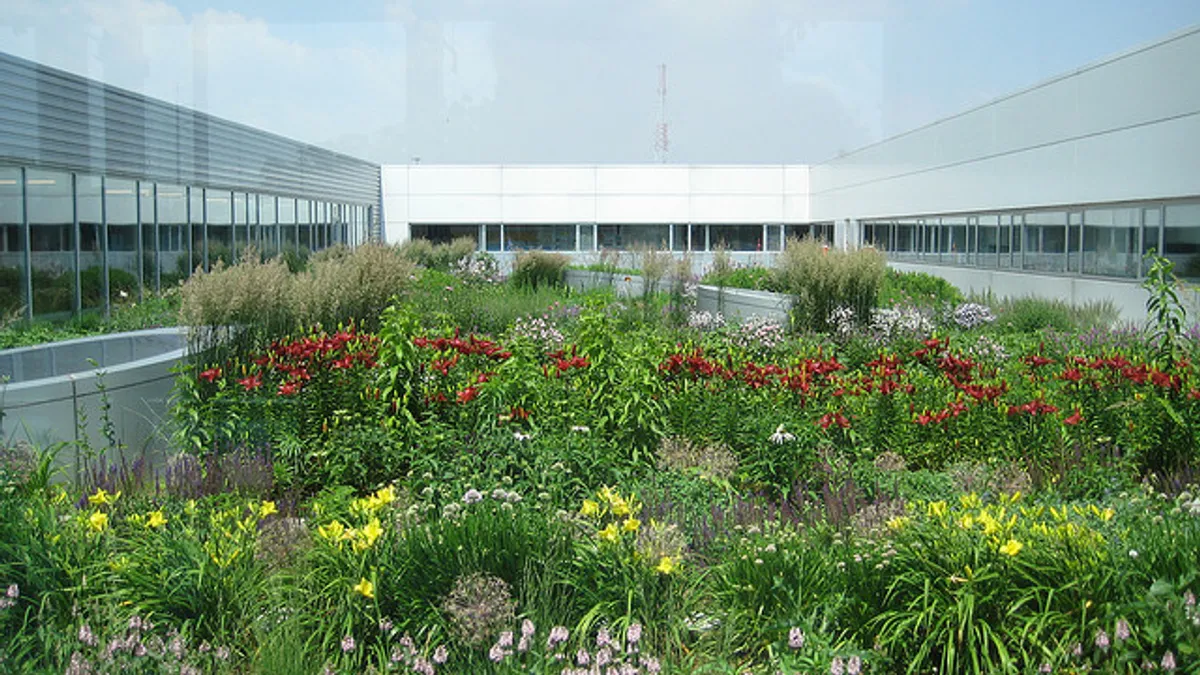Dive Brief:
-
A sensory garden filled with fruits, vegetables, trees and other plants can stimulate students' senses and create the backdrop for many learning experiences, District Administration reports. The gardens can be used for science experiments, studying insects and even social-emotional learning experiences.
-
Some schools — such as Springhill Elementary, an urban Title I school in Knoxville, Tennessee — allow students to go outside to tend to gardens, play with the wind chimes or check weather stations.
-
At Forwood Elementary School in Wilmington, Delaware, a sensory garden is used for many subjects, such as bringing writing assignments to life with colors, scents and textures. It also allows students to experience seasons by watching how the plants transform throughout the year.
Dive Insight:
There aren't many resources schools can use for so many subjects, but school gardens are one solution. Gardens add an element to learning that can’t be found inside the four walls of a classroom or school building. From lessons on how nutritious foods are grown, to a worm's role in composting and waste reduction, school gardens are giving students another way to absorb education — by working with their hands.
At Moreau Catholic High School in Hayward, California, students are tasked with watering seeds, with an incentive toward their grade if the plant survives. Caring for the garden also:
- reinforces Spanish-language learning because students are encouraged to speak Spanish to the plants.
- illustrates the concept of transcendentalism in English classes.
- provides students in art classes inspiration from the colors.
- encourages all students the be thankful for their food and where it comes from.
More than 26% of U.S. public elementary schools had garden programs as part of their curriculum as of 2013, according to research from Bridging the Gap. That represents a 133% increase from the 11% of schools that had such programs in 2007.
The Food and Agriculture Organization of the United Nations touts school gardens as a way to teach students about healthy food, how to grow their own food, develop team work skills, and value those who grow food.






 Dive Awards
Dive Awards







